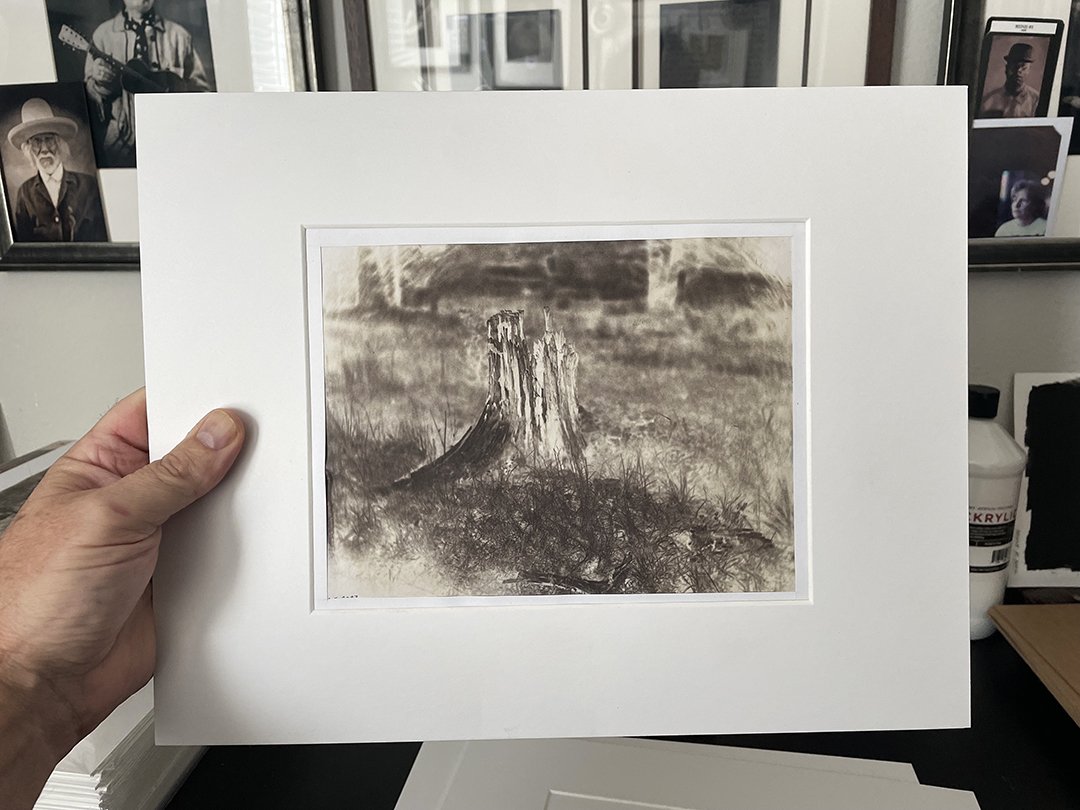“If a path to the better there be, it begins with a full look at the worst.” Thomas Hardy (1840–1928) was a British novelist.
"We discovered that subtle, and even subliminal, reminders of death increase devotion to one’s cultural scheme of things, support for charismatic leaders, confidence in the existence of God, and belief in the efficacy of prayer. They amplify our disdain toward people who do not share our beliefs, even to the point of taking solace in their demise. They drive us to compulsively smoke, drink, eat, and shop. They make us uncomfortable with our bodies and our sexuality. They impel us to drive recklessly and fry ourselves in tanning booths to bolster our self-esteem. They magnify our phobias, obsessions, and social anxieties."
The Worm at the Core: On the Role of Death in Life
Terror Management Theory (TMT) was developed in 1986 by social psychologists Jeff Greenberg, Tom Pyszczynski, and Sheldon Solomon based on Ernest Becker’s ideas. They wrote the book, “The Worm at the Core: On the Role of Death in Life.” William James wrote in The Varieties of Religious Experience (1902) that awareness of our inevitable, unavoidable deaths is the “worm at the core” of human existence and consciousness. Hence the desperate imperative to avoid that awareness – to deny it and to live as if somehow we might be immortal. (Ernest Becker Foundation)
The Terror Management Theory (TMT) is such good empirical evidence for Becker’s theories. It’s solid and repeatable. It answers so many questions about human behavior.
If you pay attention, especially this time of year, you’ll see droves of people with high death anxiety acting out, trying to quell their terror. Death reminders are everywhere. They’re all around us every day. The pandemic alone created daily death reminders. They happen when you see an ambulance or an accident when you're watching the news, or even when you're driving by a funeral home (usually subconsciously). These death reminders have consequences, and most people are unaware of what they’re even doing when they’re buffering their death anxiety. In Kirkegaard’s words, "they tranquilize with the trivial."
How do you communicate these ideas? It’s very difficult. Most people will shrug them off and justify what they’re doing in any way they can, or they’ll deny them completely. Moreover, most couldn’t care less about these theories. Sometimes, I feel like I’m the crazy religious guy standing on the street corner preaching doom and gloom. I’m hoping that my book will change some minds and at least open the door to being interested in what this is all about.
Psychology has persuaded me to think differently about human behavior and the reasons we do what we do. As I go through the process of deconstructing these theories, I find myself less inclined to follow the masses and less interested in activities that are blatantly in place to buffer the terror of death. The life illusions and all of the "vital lies."
As I learn more about human behavior and Becker’s theories, it makes me more compelled to offer these ideas to those who are curious about why they do what they do. These ideas are life-changing. They’ll engage your mind and, eventually, change your behavior. Moreover, you'll start to discover what's really meaningful and what you're truly grateful for.
Being conscious and fully aware of your own death anxiety and the buffers you use will give you a more authentic life. I'm not saying you'll be enlightened or reach Nirvana, but you will reveal your real self to yourself. Socrates said that the true philosopher does nothing but practice dying and being dead. “So, that’s what philosophy is: a practice for death." That brings peace, appreciation for life, gratitude, and humility—things we all need more of in these precarious times.



















